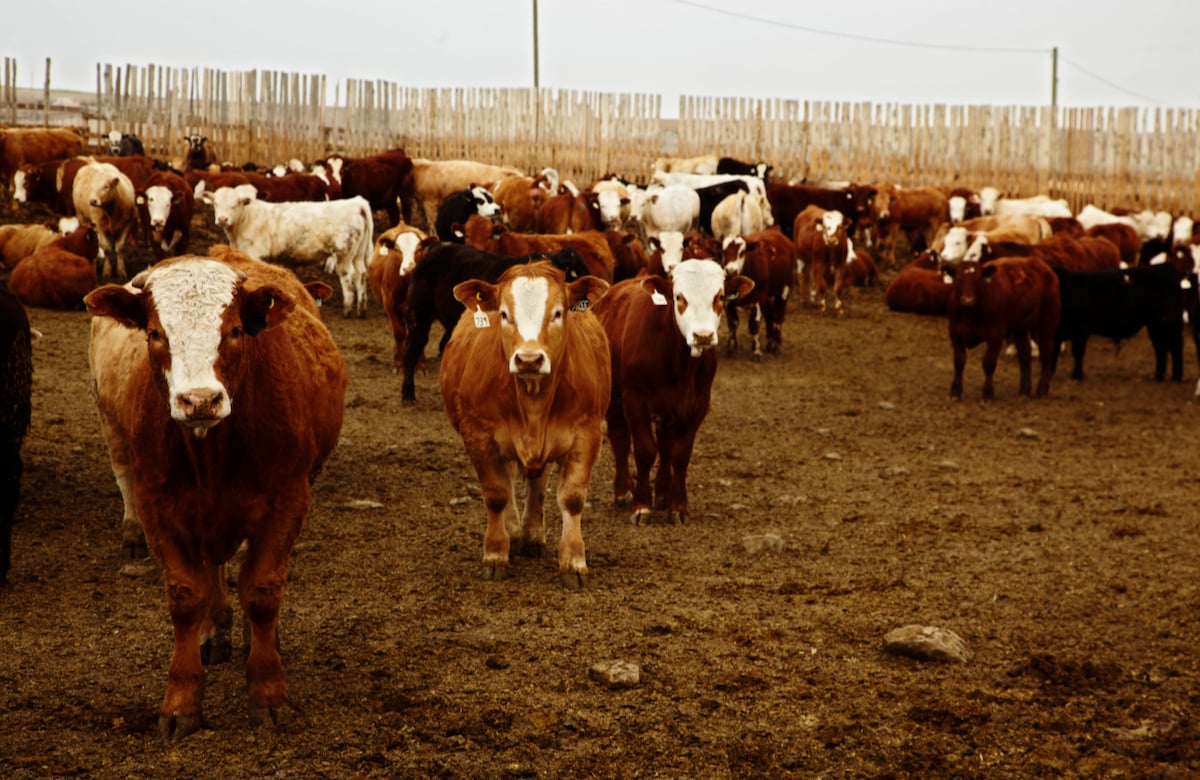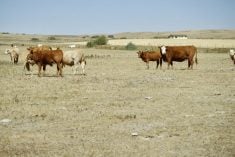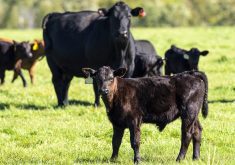Many producers are looking for ear tags that stay put for the long term.
To that end, the Canadian Cattle Identification Agency (CCIA) is now offering the loop tag, manufactured by Shearwell Data.
Paul Laronde, tag and technology manager at the CCIA, says the agency has a protocol for testing tags. It takes a little over a year to complete all the tests, he adds. “And they passed and it’s now in the market.”
Read Also

Trade tariffs would leave U.S. beef industry at risk
Any new tariffs on live cattle entering the U.S. would affect beef prices, says industry analyst Steve Kay
The loop tag is a one-piece tag, which loops through the cow’s ear. In contrast, a classic plastic tag has two pieces connecting through the cow’s ear. It also has a radiofrequency chip. According to an info sheet on the CCIA website, the microchip is moulded in a plastic insert. This ensures the readability of the tag and read range of the transponder.

“Probably the virtue of the tag is, when it’s applied, it’s applied on the top of the ear of the cattle, and it’s just a flat piece of metal that lays on top of the ear,” Laronde says. “So generally, just less tag to get caught or snagged on things.”
Although producers requested CCIA bring in a tag like this, Laronde says there hasn’t been much of an uptake yet. Producers who decided to switch tags will need to purchase an applicator and learn how to use the tags.
Laronde also says that sometimes producers have trouble putting the tag on. The main issue is with growing calves, but he says there’s a simple solution.
“On a calf, you can’t just put it right on snug, you have to leave a little gap there,” Laronde says. “So as the ear grows, there’s room for that ear inside the loop of the tag. And if you don’t, then you risk getting an infection because it starts to put pressure on the tag.”
Laronde says a benefit of this tag is that it’s made from stainless steel instead of plastic or aluminum. He thinks that makes it a good option for purebred producers who use tattoos. If they want a visual tag in addition to their tattoo and the CCIA tag, it can be challenging to know where to put it so the tattoo doesn’t get damaged. The loop tag gets rid of this issue.
“With this particular tag, because it sits on the top of the ear, it leaves that other ear open for use with another tag.”

















